Table of Contents
Introduction Repair Weld Undercut
Welding is a critical process in various industries, but sometimes, issues like weld undercut can occur, compromising the integrity of the weld joint. In this article, we will delve into the causes of weld undercut, its implications, and most importantly, how to effectively repair it. Whether you’re a seasoned welder or a DIY enthusiast, understanding how to address weld undercut is essential for ensuring strong and durable welds.
Understanding Weld Undercut
Weld undercut refers to a groove or depression formed at the base of a weld joint, which can weaken the structural integrity of the weld. It occurs due to improper welding techniques, excessive heat, or inadequate filler material.
Identifying the Causes of Weld Undercut
Before embarking on the repair process, it’s essential to identify the root causes of weld undercut. Several factors contribute to this issue:
1. Incorrect Voltage and Amperage Settings
Mismatched voltage and amperage settings can result in inconsistent weld bead formation, leading to undercutting along the edges. Adjusting these parameters according to the welding specifications is crucial.
2. Travel Speed
Inconsistent travel speed can cause an inadequate weld pool, leading to incomplete fusion and the formation of an undercut. Maintaining a consistent travel speed is essential to prevent this.
3. Electrode Angle
An incorrect electrode angle can direct the arc away from the joint, resulting in incomplete fusion and potential undercut. Proper electrode positioning is necessary for a strong weld.
4. Base Metal Preparation
Insufficient cleaning and preparation of the base metal can introduce contaminants that create weak points prone to undercut. Thoroughly cleaning and preparing the joint surfaces is vital.
5. Welding Technique
Poor weaving or oscillation during welding can lead to uneven bead shape and inadequate fusion, causing undercut. Adopting proper weaving techniques is crucial to prevent this issue.
Importance of Repairing Weld Undercut
Repairing weld undercut is crucial because:
- It restores the weld’s strength
- Prevents further joint degradation
- Enhances structural integrity
- Ensures the weld can withstand stress and load
Tools and Materials Needed
Before repairing the weld undercut, gather the following items:
- Angle grinder with grinding wheel
- Welding machine
- Welding electrode or filler wire
- Chipping hammer
- Wire brush
- Safety gear (gloves, helmet, apron)
Safety Precautions
Working with welding equipment requires safety measures:
- Wear appropriate protective gear
- Work in a well-ventilated area
- Keep a fire extinguisher nearby
- Disconnect power when not in use
Step-by-Step Guide to Repair Weld Undercut
1. Preparation and Inspection
Start by cleaning the weld area using a wire brush to remove any rust, paint, or debris. Inspect the undercut carefully to assess its depth and extent.
2. Grinding the Undercut Area
Use an angle grinder with a grinding wheel to carefully grind the undercut area. Ensure you remove all damaged and weakened metal. This step prepares the area for filling.
3. Filling the Undercut
Select an appropriate welding electrode or filler wire based on the base metal. Use proper welding techniques to fill the undercut area, ensuring a strong and even weld bead.
4. Final Grinding and Finishing
After the weld cools, use the angle grinder to perform a final grinding to make the surface even. This step helps in achieving a smooth finish and restoring the joint’s appearance.
Common Mistakes to Avoid
- Inadequate Cleaning: Failing to clean the area properly before welding can lead to poor adhesion.
- Incorrect Welding Technique: Using improper techniques can result in an ineffective repair.
- Over grinding: Excessive grinding can weaken the surrounding metal and affect the weld’s strength.
Tips for Prevention
- Use the correct welding parameters for the specific metal and joint.
- Maintain a suitable travel speed and avoid excessive heat input.
- Ensure proper joint preparation and use adequate filler material.
Conclusion
Repairing weld undercut is a crucial skill that every welder should possess. By following the step-by-step guide and adhering to safety precautions, you can effectively address weld undercut issues and ensure the longevity and reliability of your weld joints.
FAQs
Q1. Can I use any welding electrode for repairing the undercut?
It’s essential to select the appropriate electrode based on the base metal to achieve a strong and durable repair.
Q2. Is weld undercut the same as weld porosity?
No, weld undercut refers to a groove at the base of the weld, while weld porosity involves gas pockets within the weld.
Q3. Can I repair the severe undercut, or is it better to redo the weld?
A severe undercut may compromise the joint significantly. It’s often better to redo the weld for optimal safety and performance.
Q4. Are there preventive measures to avoid weld undercut?
Yes, using correct welding parameters, maintaining suitable travel speed, and proper joint preparation can prevent weld undercut.
Q5. How frequently should I inspect my welds for potential undercut?
Regular inspections are advisable, especially after completing critical welds or when working with materials prone to undercutting.
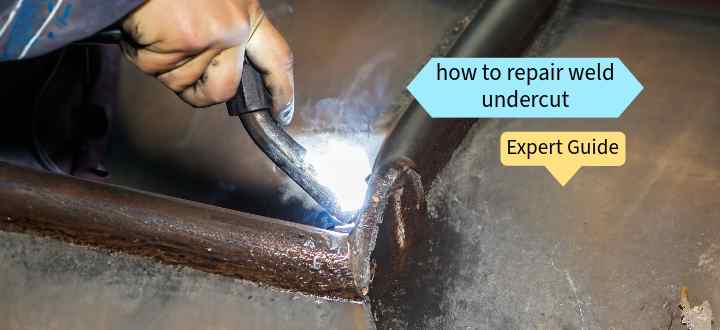
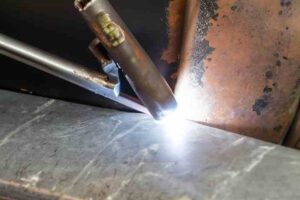
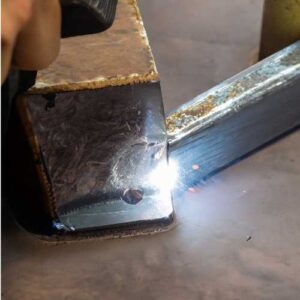

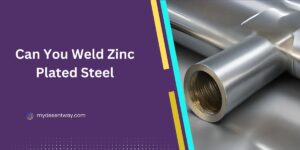

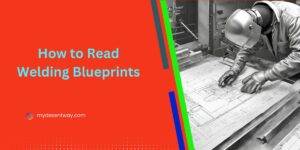




1 thought on “How to Repair Weld Undercut: A Comprehensive Guide”